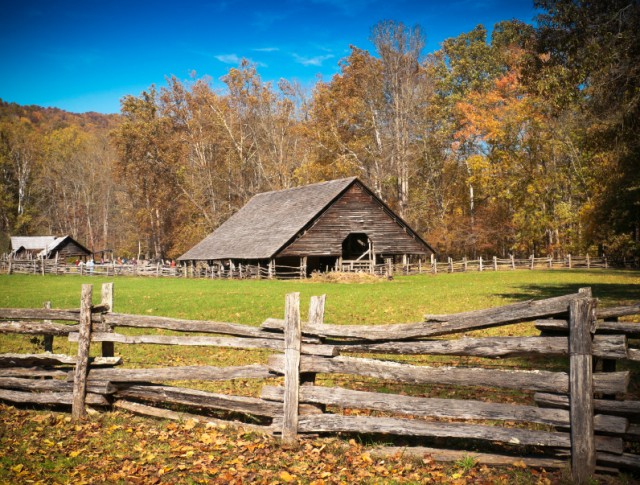
-
Know your area – Know the natural disasters that usually occur in your area. Check whether it is prone to flooding, frequent tornadoes or hurricanes, fires, or near areas of earthquakes and mudslides. You must know that these are natural disasters and you cannot do a lot with it because it is out of your control. You can use some tips to at least lessen the damage of these natural disasters and do what you can. There is no guarantee that your plans will work perfectly, but doing your best and caring for you homestead will help. Do not lose hope and be positive about your plan. (Related: Safe Points in Houses during Natural Disasters.)
-
Consider your homestead's layout – Check if your homestead's layout can stand high winds, tornadoes, etc. If you think otherwise, consider finding a different location within your property to relocate your animals where they can be better protected.
-
Fasten everything – No matter where you are, if you know that a storm is coming with high winds, focus on securing everything. Prepare for the coming high winds and fasten down everything from as big as a trampoline to as small as beehives. Meanwhile, if you are located near the coast, board up the windows, tape building windows, and secure unsteady or loose items around your property. Secure everything to avoid large objects flying through the air when the high winds come.

-
Free your animals – This tip is applicable in most natural disasters. Free your animals from their areas if there are high winds, tornadoes, hurricanes, flooding, or fires. Setting the animals free will give them a higher chance of survival. Let their animal instincts take over during natural disasters.
-
Paint your information – Put your information on the side of the animals by using spray paint to reclaim them when the disaster is over if they survive. When rescuers find them after the disaster is over, they will know who to contact. However, the spray paint will only work well on larger animals.
-
Put a tattoo or add a bracelet – For smaller animals like chickens, ducks, and rabbits, tattooing animals with the owner's information or putting little bracelets on to the animal's feet that contain the owner's details may be more effective for retrieving smaller livestock after a disaster.
-
Relocate in higher areas – If you don't have a safe shelter for your large livestock to weather the storm, another option to consider is to move the shelter of the animals to the highest point of your property. Place shelters off the ground if possible to help prevent water from accumulating inside. Although this may put the animal in danger with high winds, you have to do the best that you can with the resources you have.
-
Evacuate with your animals – Consider taking your animals and leaving with them if you can and if you have the time to prepare for a natural disaster. This will be a much safer option than leaving the animals behind. Moreover, check the laws and research about pet evacuation and pet-friendly emergency shelters.
Homestead owners can also help each other out by donating food and supplies to displaced animals. Opening your homestead to animals can be helpful too. If you have extra land available, think about opening your land to other people with pets and livestock. Help other people by giving them this option of saving their animals from natural disasters.
From 2005 to 2014, disasters have caused a $1.4 trillion total damage, affected 1.7 billion people, and killed 700 thousand people globally, according to the United Nations Office for Disaster Risk Reduction.
Read more news about disaster preparedness at Disaster.news.
Sources include:
Please contact us for more information.






















